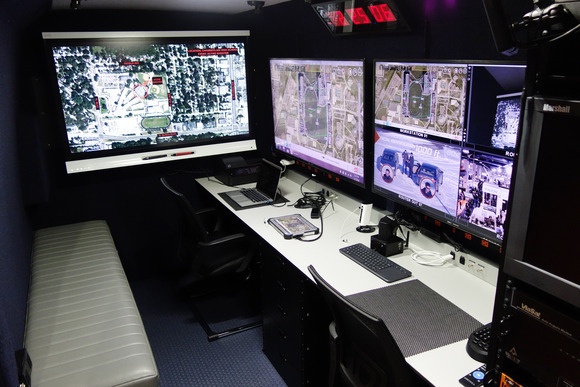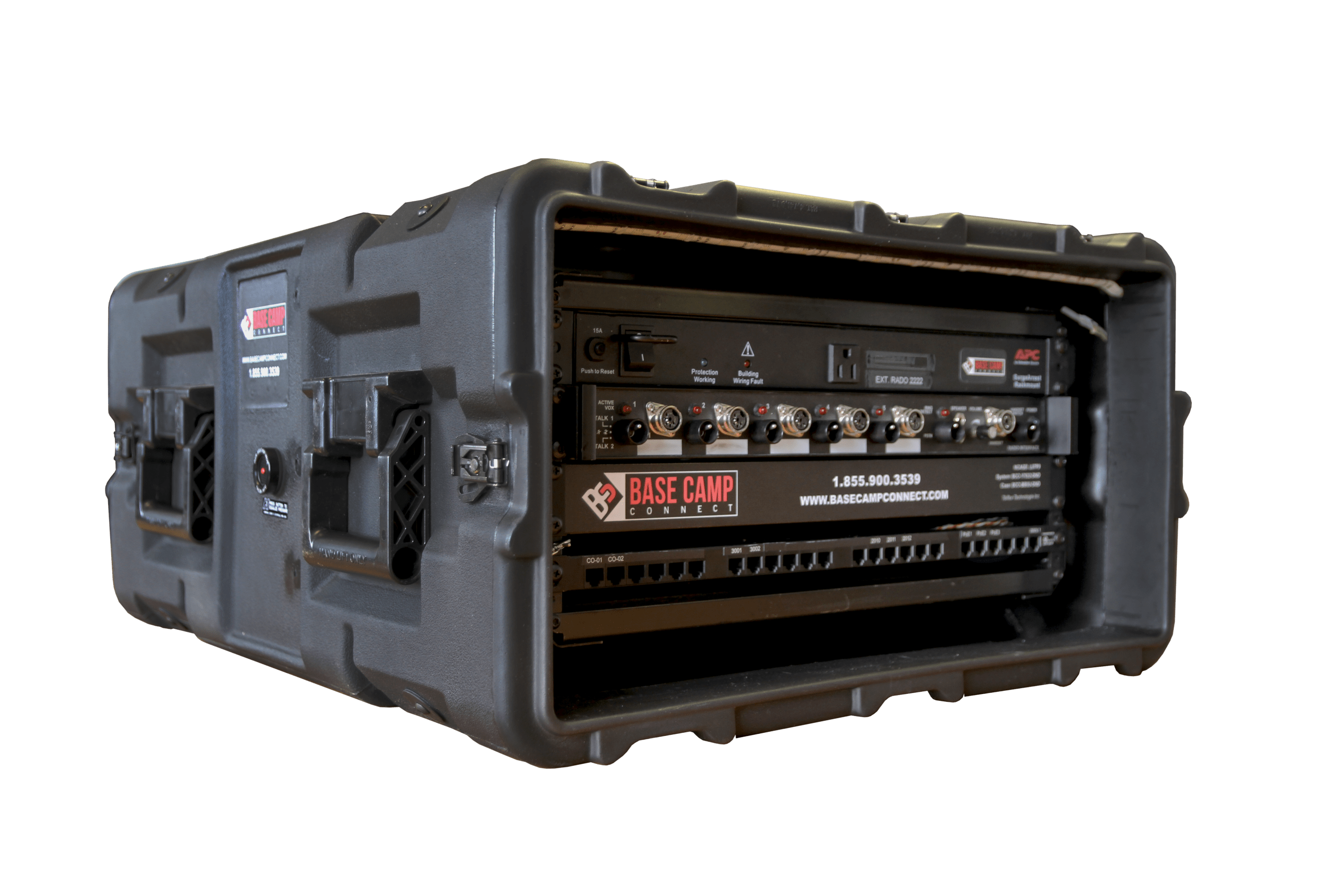Let’s face it; there are a lot of communications solutions out there, but many of them cost money. I’ve written in the past about the comprehensive efforts that should be put forward for improving communications and integrating interoperability. These include efforts such as planning, organizing, training, and exercises. All of these things can cost money, although don’t necessarily need to cost much – especially if organizations invest in their personnel to build these capabilities in-house, or share resources with other organizations. Equipment, however, is rarely obtained on the cheap. Some organizations have an ability to easily allocate funds to these expenditures, which can escalate quickly, depending on the number of vehicles, locations, and people you need to equip and the geography you need to cover. Most organizations, however, aren’t so lucky.
If you need cash right now to fund improvements, replacements, or expansions to your current communications system, you are probably out of luck. The best advice I can give when it comes to funding is to plan for it. Based on a number of factors, such as life expectancy of equipment; number of people, locations, or vehicles that require the equipment (estimate growth in your numbers); forecasted system upgrades; and other expected needs, you should determine how much money you will need each year for the next several years to fund and sustain communications. I would suggest projecting out at least five years, longer if you have a large capital project you expect, such as a new 911 system or new repeater towers. Identify in your plan what the estimates are based upon. Depending on your needs, these numbers may be steady each year, or may have spikes based upon certain needs. You should review this budget annually to ensure that it still reflects your current and anticipated needs.

This budget should then become a plan. How much money is needed and were might it come from? Always look to your organization’s budget first. Even if your own budget can’t afford these expenditures, you should expect to spend some of your organization’s own money on this. Efforts to secure other funds may fall short of expectations. It’s also a show of good faith (and sometimes a requirement) to have some measure of matching funds when applying for grants. Certainly consider asking your funders for more money. This might be a direct request to tax payers, or through a third party budget office, or to donors. If you present them with a solid demonstration of need and all the facts and figures, they may be willing to provide you with some or all of the funds needed. If you are a not for profit, consider holding fund-raisers to assist building the capital needed. Organizations can also request a line of credit or a loan from a financial institution.
While you might not have the funds you need available in any single year, consider establishing a capital fund, where money can be retained and built upon from year to year for these larger expenses. There may be rules on how much you can carry or how this is done depending on the type of organization you are. It’s always best to consult your accountant.

Other than budget allocations and loans, what other sources of funding exist? In the US, there are quite a few sources of funds available – but they take a watchful eye to identify, some research to find, and some hard work to apply for them. Before you consider applying for any of them, be sure to have your organization’s financial matters in good shape, as you will likely have to disclose documents such as balance sheets, income statements, audit reports, and others in your application process. Also know exactly what you are looking for and how much it will cost. When applying, be sure to get current quotes.
The vast majority of funding sources come in the form of grants. Grants are great as they are essentially ‘free’ money. That said, it is important to do all the work required not only to secure them, but also to report on all the required progress identified in the grant rules. Some grants are dependent upon the type of organization you are. For example, most fire departments are eligible to receive funds from the National Fire Administration. Grants can also be obtained through State Administrative Agencies (SAAs), which pass funds through to local programs from the US Department of Homeland Security. Most of these grants fall under the umbrella of the State Homeland Security Grant Program. Grants often available through this program include emergency management, critical infrastructure, tactical team improvements, and a variety of homeland security projects. Depending on the grant, these can be available to fire departments, EMS organizations, police departments, and emergency management agencies. Separately, the Department of Homeland Security will also periodically offer grants on other projects, such as EOC improvements. Depending on the grant requirements and how you can align your needs into those requirements, communications equipment may be an eligible expense. Even for annually recurring grants, the rules often change, so be sure to read up on them each time.
FEMA also provides hazard mitigation grants, which might be used to enhance communications capabilities. While some hazard mitigation grants are annually recurring and competitive in nature, others are only provided to areas which received a federal disaster declaration. There are also a number of other grant funds available. Use your search engine and contact state and federal agencies. You should also try contacting your federal representatives, as they may have additional information on grants that may be available.














